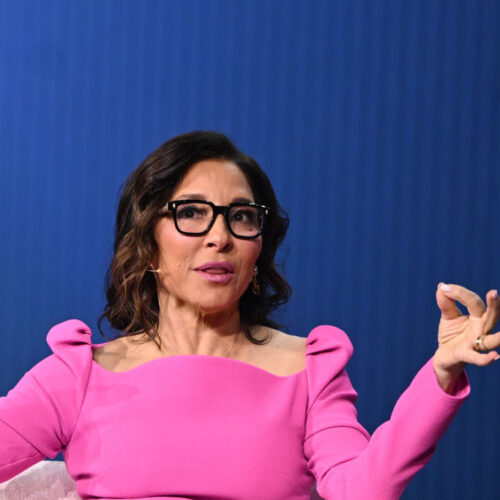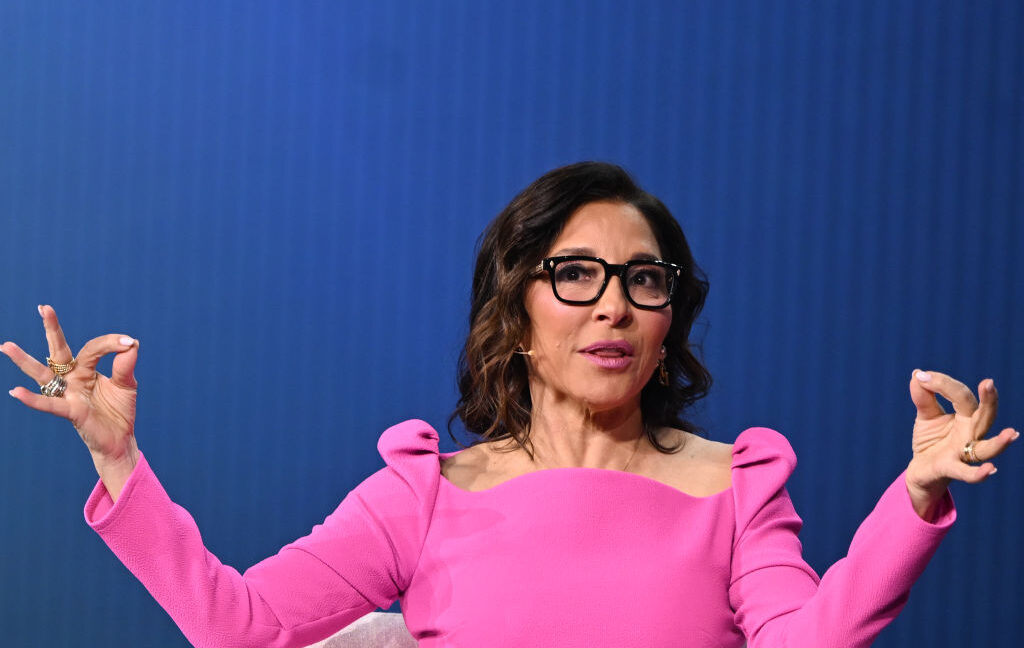How Fubo won big in its fight against giants Disney, Fox, and Warner Bros. Discovery
FuboTV
- Streaming TV company Fubo took on Disney, Fox, and Warner Bros. Discovery, and it paid off.
- The giants canceled plans for a joint sports streamer that Fubo had raised antitrust concerns about.
- Fubo struck a deal with Disney this week to settle the suit and merge with Hulu's live TV business.
Fubo took on Goliath and cashed out.
The small streaming TV company fought against media giants Disney, Fox, and Warner Bros. Discovery's plans to join forces for a new streaming service called Venu that would bring together their sports content. Fubo filed an antitrust suit in 2024 that argued the companies were planning a service they had blocked competitors like Fubo from offering.
This week, Fubo struck a deal with Disney to drop the lawsuit and merge with Hulu's live-TV business. Then, on Friday, Disney, Fox, and Warner Bros. Discovery announced that they abandoned plans for the streamer.
"Had Venu happened, it would have been a threat" to Fubo, Michael Pachter, a stock analyst at Wedbush that covers Fubo, told Business Insider.
Because Venu would have been owned by three large companies with claws in the sports broadcasting industry, Pachter said a company like Fubo would have been scared of Venu's potential to get exclusive access to content and become a major space for live sports. Satellite TV competitor DirecTV also indicated it would continue the antitrust battle against Venu after Fubo's lawsuit was settled.
Now, Fubo is walking away with a sizable payday and the backing of one of the largest players in sports media. The Venu partners agreed to pay Fubo $220 million to settle the case, and Disney is set to give Fubo a $145 million loan. Not a bad outcome for a company that posted a $110 million net loss last quarter.
Fubo now has a bunch of cash to play with as it figures out its identity in this new position.
Since the Disney merger was announced on Monday, Fubo's stock has risen over 250%.
How Fubo stands to benefit from Venu's demise
Fubo, with a market capitalization of $1.7 billion compared to Disney's $197 billion, now has new pathways to grow its sports streaming business.
Fubo CEO David Gandler said during an investor call that Fubo could create "skinnier sports, news, and entertainment bundles."
On Monday, when the deal was announced, Fubo executives suggested Fox would be part of a skinny bundle as well, as BI's Peter Kafka reported.
That could create an offering similar to what sports fans could have gotten with Venu. Venu planned to charge around $43 a month for sports content from the three partners.
Fubo could also have other options to bundle its service with Disney's, on top of the merger with Hulu + Live TV. As part of the new agreement, Disney would own about 70% of Fubo.
"Fubo is going to generate a lot more sales," said Pachter. "Disney, Hulu, and ESPN brands add a lot of value to Fubo, which is not as recognizable as a brand."
CEO Gandler surprised some media observers when he first decided to challenge Disney, but the legal battle seems to have paid off.
"I was … impressed by his gutsiness," said Pachter. He acted promptly and forcefully, he had good legal advice, and it surprises me that he won but he gained a lot more respect."





